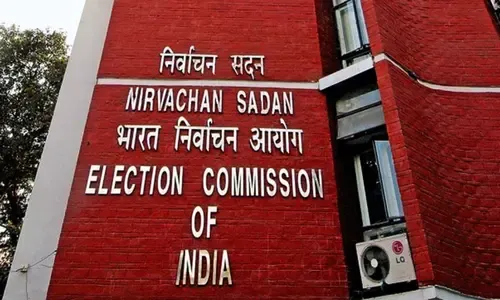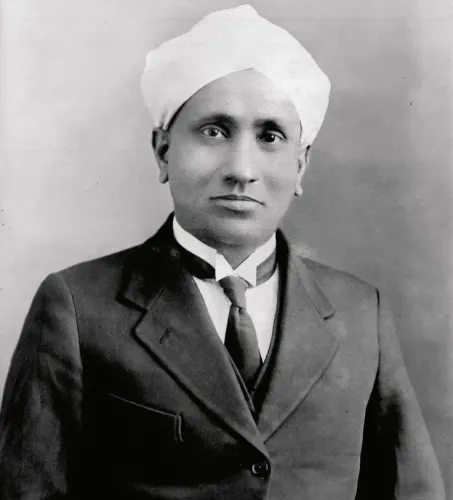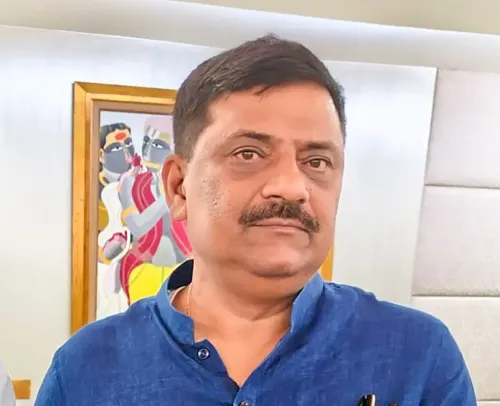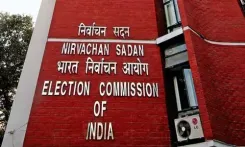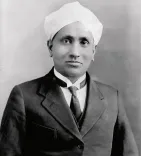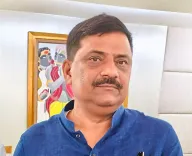Is Arunachal Assembly a Model of Unity in Diversity?
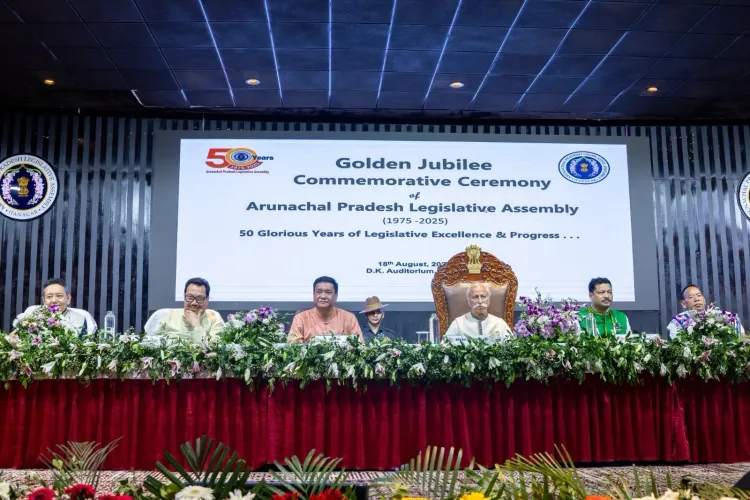
Synopsis
Key Takeaways
- Arunachal Pradesh is a model of unity in diversity.
- The Assembly has enacted over 600 legislations.
- Constructive debates are essential for democracy.
- The e-Vidhan initiative promotes sustainability.
- Celebrating a rich history of political evolution.
Itanagar, Aug 18 (NationPress) Lok Sabha Speaker Om Birla highlighted Arunachal Pradesh as a prime illustration of unity in diversity, emphasizing that the state Assembly has continued to embody the hopes of its citizens by passing over 600 legislations through constructive dialogues. In a virtual address during a special session of the Arunachal Pradesh Assembly, marking the conclusion of the golden jubilee celebrations of the 60-member House, the Lok Sabha Speaker stated that healthy discussions are a defining characteristic of the Assembly, which serves as a temple of democracy.
Birla urged lawmakers to persist in nurturing the aspirations of the populace. He stressed that the Golden Jubilee should remind assembly members to work diligently towards the state’s overall development and to unite across party lines to reach consensus decisions for the betterment of the citizens and the state.
Commending the Assembly's transition to a paperless system through the e-Vidhan initiative, Birla noted that Arunachal Pradesh is the third state in India to embrace this environmentally-friendly approach. He called on MLAs to represent the voices of the community, particularly focusing on the welfare of women and youth to promote comprehensive growth. Additionally, he expressed gratitude towards all past and present members for their contributions throughout the Assembly's remarkable 50-year journey.
Assembly Speaker Tesam Pongte reflected on the vibrant interplay of indigenous traditions, colonial influences, and post-Independence ambitions, stating: “The region's resilience in overcoming challenges signifies its determination to progress within the Indian Union.”
Pongte noted that the 45-day Golden Jubilee celebrations, inaugurated by Governor Lt General (Retd.) K T Parnaik on July 3, concluded on Monday. Various outreach initiatives were conducted to promote democratic values among the youth in collaboration with Rajiv Gandhi University and other institutions.
Arunachal Pradesh has a rich history of administrative and political evolution prior to statehood. In 1954, the frontier tracts were integrated into the North-East Frontier Agency (NEFA). On January 20, 1972, NEFA was detached from Assam and designated as a Union Territory named Arunachal Pradesh, administered by the Ministry of External Affairs, with the Governor of Assam serving as the representative to the President of India.
To ensure democratic representation, the initial provisional Legislative Assembly was formed on August 15, 1975, comprising 33 members, with 30 being directly elected and three appointed by the Centre. The Assembly's composition expanded to 60 directly elected seats in 1978, which remains unchanged today.
On February 20, 1987, Arunachal Pradesh achieved full statehood, becoming the 24th state of the Indian Union, endowed with its own elected government, legislative authority, and representation in both Houses of Parliament.

